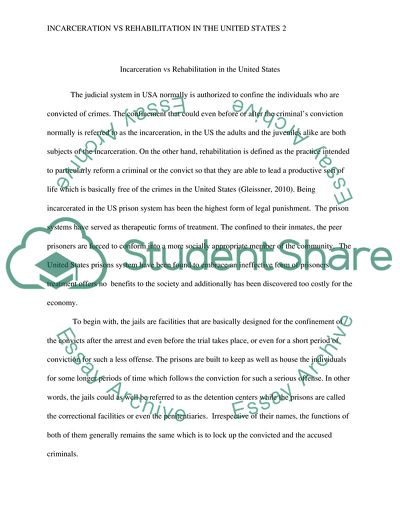Cite this document
(Incarceration Versus Rehabilitation in the United States Essay, n.d.)
Incarceration Versus Rehabilitation in the United States Essay. https://studentshare.org/sociology/1873513-incarceration-vs-rehabilitation-in-the-united-states
Incarceration Versus Rehabilitation in the United States Essay. https://studentshare.org/sociology/1873513-incarceration-vs-rehabilitation-in-the-united-states
(Incarceration Versus Rehabilitation in the United States Essay)
Incarceration Versus Rehabilitation in the United States Essay. https://studentshare.org/sociology/1873513-incarceration-vs-rehabilitation-in-the-united-states.
Incarceration Versus Rehabilitation in the United States Essay. https://studentshare.org/sociology/1873513-incarceration-vs-rehabilitation-in-the-united-states.
“Incarceration Versus Rehabilitation in the United States Essay”. https://studentshare.org/sociology/1873513-incarceration-vs-rehabilitation-in-the-united-states.


